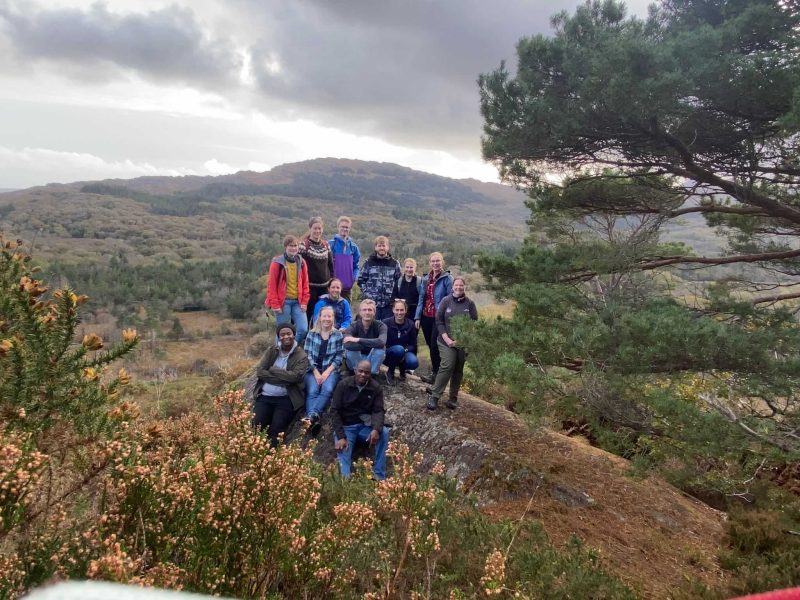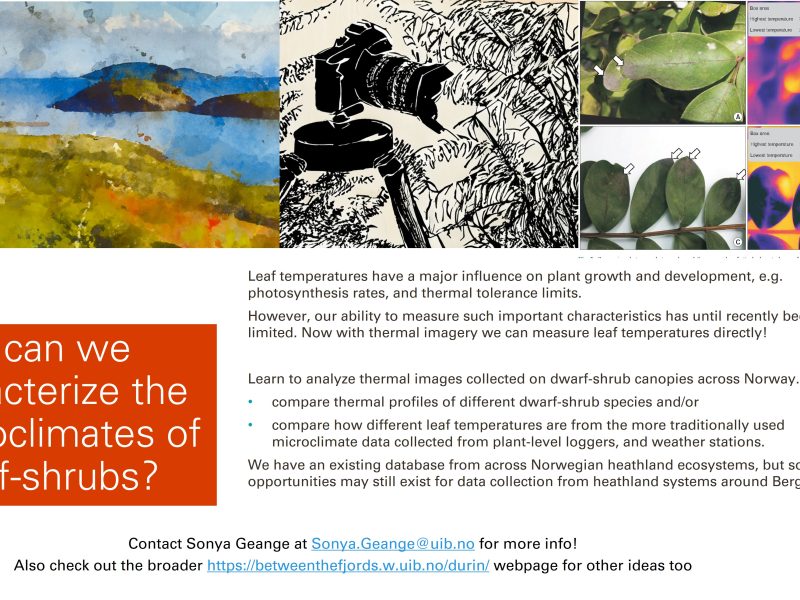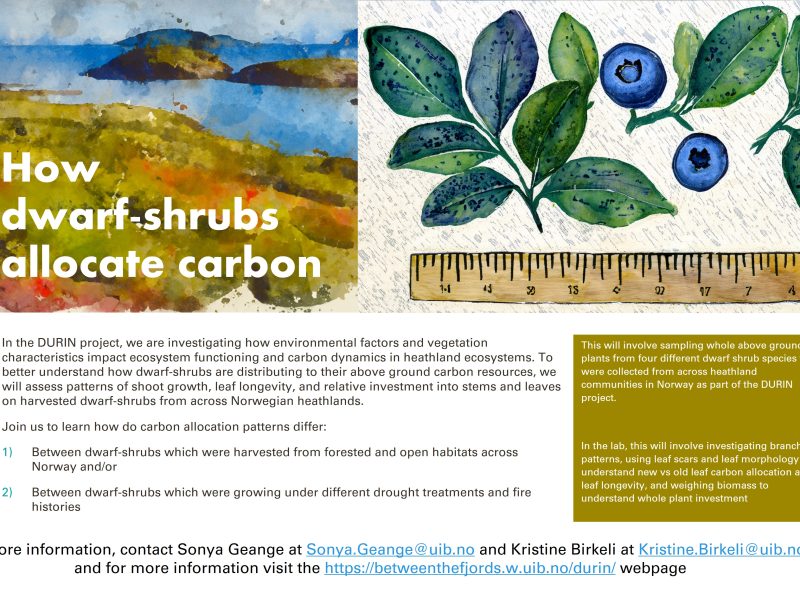Camera surveillance of pollinators in alpine grasslands
Are alpine flowers visited more during the day, or during the night? Does the importance of nocturnal pollinators differ with elevation? How do alpine pollinators respond to warming treatments? And is it possible that some pollinators “bully” others away from flowers while foraging? These are all questions that insect surveillance cameras help ...








